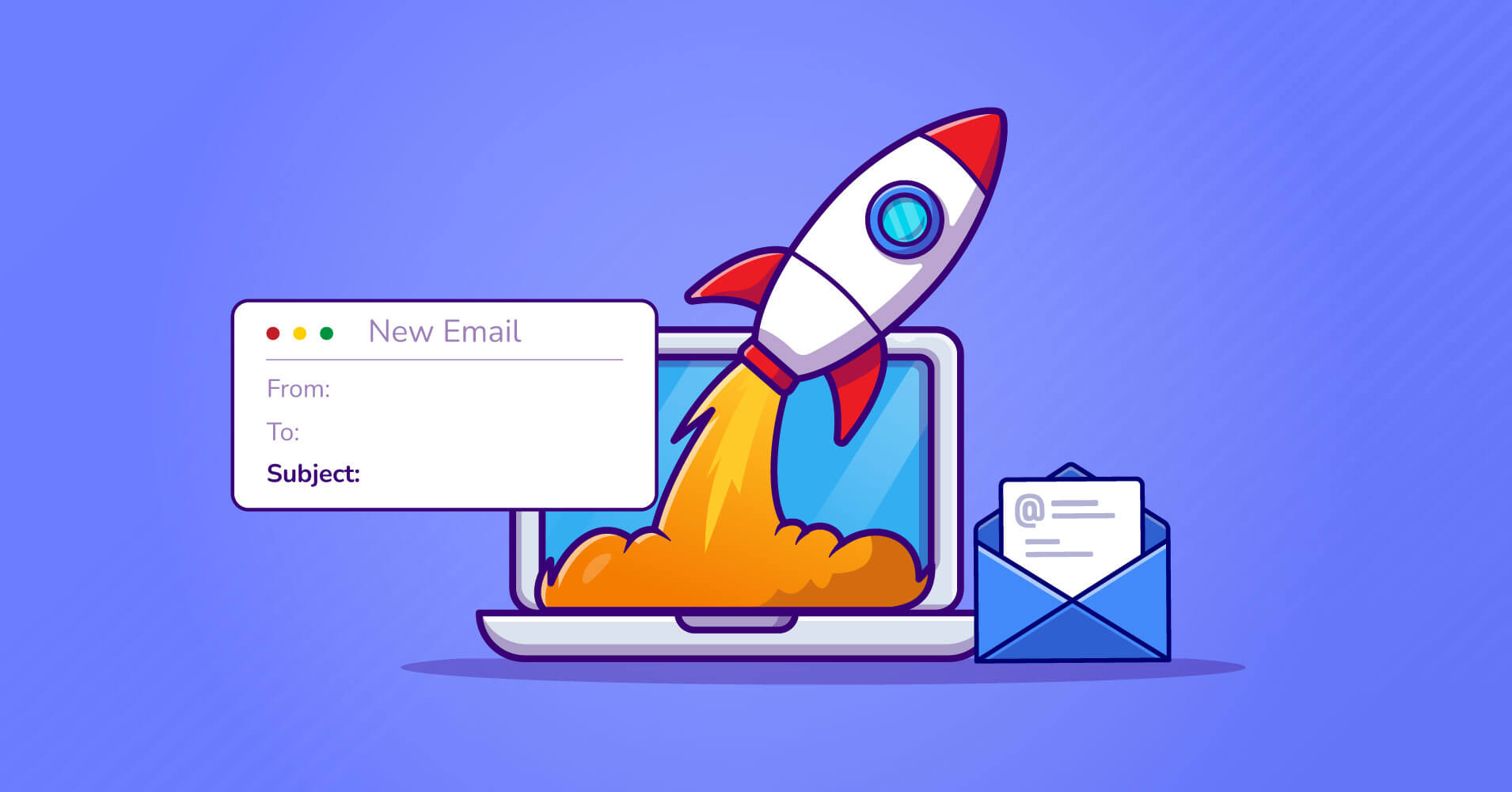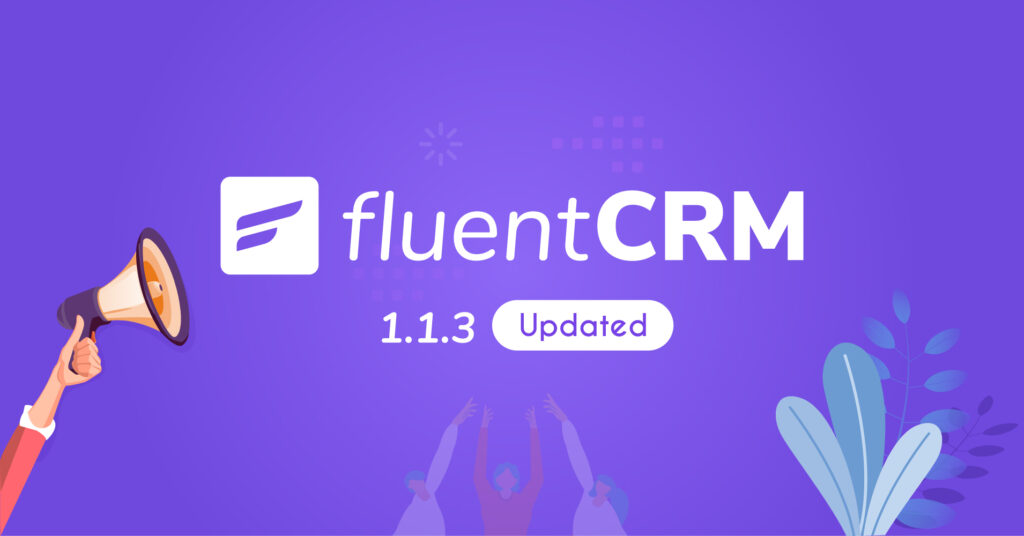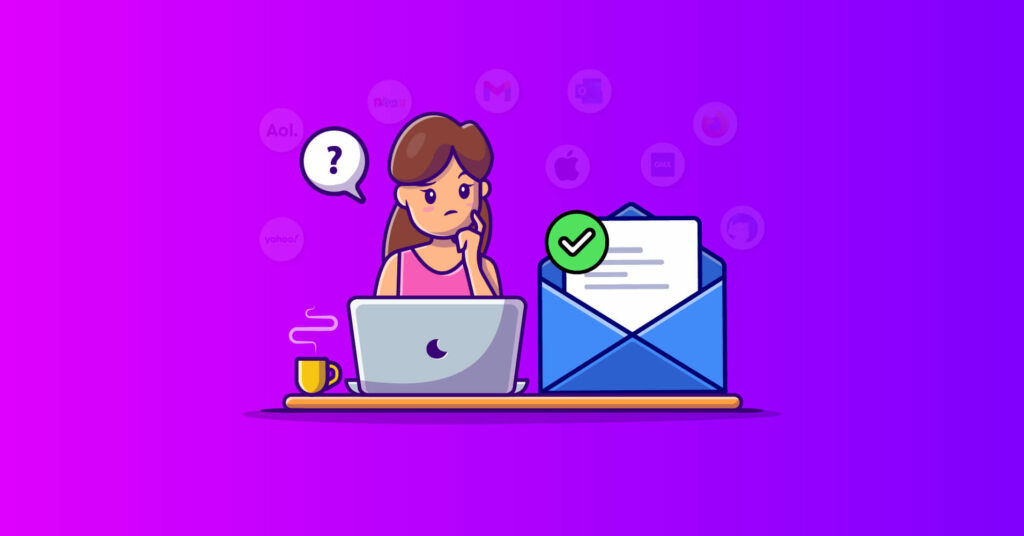
Guess how many seconds you get to nail the first impression with your emails?
– Roughly around five to seven seconds!
As surprising as it may sound, that’s the amount of time you get to attract someone with the subject line of your email.
However, you can instantly grab the recipients’ attention by coming up with relevant and attractive subject lines. And by using attractive subject lines, your chances of converting your audience would be significantly higher!
Follow-up emails are generally more relevant as they are sent based on past communication with a recipient. Thus, it is easier to write attractive follow-up email subject lines. This article will cover all the information you need to write attractive subject lines when following up with your recipients.
So without further ado, let’s begin!
Do follow-up email subject lines boost conversion?
The subject line can determine whether someone will open your email or not. Wondering how?
According to Business2Community, 47% of users open an email alone based on the subject line. At the same time, nearly 70% mark emails as spam if they don’t like or can’t relate to the subject line.
This stat alone should make you focus on subject lines. Imagine yourself at the end of the recipient. If a subject line is attractive to you, you open the email immediately. And if it isn’t appealing, you delete the email or send them to the junk folder.
People won’t click on your email unless the subject line is appealing enough for them to engage. And when they engage with the email, the chances of conversion increase. That’s why you need to develop eye-catching subject lines that are relevant, personalized, and appealing to the recipients.
The best follow up email subject lines
Subject lines can vary depending on the purpose of an email. You can’t use the same subject line repeatedly, even if it has a higher opening rate.
We have compiled the best examples of subject lines depending on the most common scenarios. These aren’t subject lines you should bluntly follow but get inspired to write better subject lines.
So here are some of the best follow up email subject lines to boost your conversion:
Subject lines addressing the pain point
Recipients can relate to your email easily and quickly if you mention their pain points in the subject line. If they find the subject line relatable, you will instantly get their attention, and your email will get opened more often.
Here are some examples of the best pain point addressing subject lines:
- “Feed your guests without breaking the bank.” – Pizza Hut
- “Stop wasting time on mindless work.” – Evernote
- “stop wasting money on ink.” – HP
- “Learn a language with only 5 minutes per day.” – Duolingo
- “Where do all these toys go?” – IKEA
These are the subject lines of various famous brands. We can see that they addressed the pain points very intriguingly. While Pizza Hut focuses on cost savings, Duolingo focuses on helping users learn a language in less time!
Applying the same technique while writing your follow-up email’s subject line will increase engagement and conversion. The more accurately you address your recipients’ pain points, the better conversion you get!
Funny email subject lines
Humor is something that naturally attracts people. A humorous touch into your subject lines can indeed be the key to someone’s inbox, if not the heart! Moreover, humorous subject lines usually stand out from the rest and trigger engagement.
Even larger corporations don’t hesitate to pour dark humor into their email subject lines. Here are some examples that you can take inspiration from:
- “Come to Fenway May 2- we won’t tell your boss!” – Red Sox Ticketing
- “We like being used.” – The Muse
- “There are no deals in this email” – Groupon
- “Licking your phone never tasted so good.” – OpenTable
Using humor to attract people is what these subject lines have in common. These are humorous enough to make anyone open an email. And this might as well work for your audience!
Subject lines that create FOMO
FOMO, aka fear of missing out, is a renowned marketing strategy. This psychological principle has been in the industry for quite a long time because it triggers people into making impulse decisions.
As a business, you’ll surely send a few sales emails, most of which the recipients never respond to. This is where a FOMO might do the trick. You have to mention that the previously stated offers will end soon.
Companies like Uber, Digital Marketer, and Airbnb have used this marketing tactic. Here are a few examples:
- “Your 7-figure plan goes bye-bye at midnight.” – Digital marketer
- “We want to give you money.” – Dollar Shave Club
- “Barnstable is in high demand for August.” – Airbnb
- “Grab a ride pas before they are gone.” – Uber
FOMO works because people don’t want to lose out on an offer. If you can trigger FOMO appropriately, your conversion will improve dramatically.
Subject lines making undeniable offers
People are always attracted to offers. No matter if it is a bare minimum offer or a groundbreaking one. That’s why stating your undeniable offer in the subject line is an excellent way of making a conversion.
Some market-leading brands include offers in the subject lines of their follow-up email. Here are the examples:
- “Two for two.” – Rip Curl
- “25% off your favorites.” – Guess
- “Meet your new jeans.” – Topshop
- “A new product you won’t pass on.” – Seafolly
- “[Flash Sale] 85% off our Podcast Launch Plan.” – Digital Marketer
These big companies have addressed their biggest offers on the subject lines. By cutting to the chase, they are attracting them immediately. So we recommend including your highest offers in the subject line to skyrocket your conversion.
Personalized subject lines
Email personalization is crucial, and so are personalized subject lines. They often help establish an emotional connection. People instantly find personalized email subject lines relatable and are eager to read them.
Here’s how some popular organizations have personalized follow-up emails for their customers:
- “You’ve Changed.” – UrbanDaddy
- “So I’ll pick you up at 7?” – Influitive
- “Happy birthday Mary – Surprise Inside!” – Rent the Runway
- “You are invited.” – Digital Marketer
- “Did you get your book yet?” – Digital marketer
Sound familiar? Maybe how they are addressing their audience? Or maybe the unique offerings? They provide the same offer to everyone but in a personal tone.
Take notes from these and personalize the subject lines of your follow-up emails. By doing so, you’ll trigger conversations and build better relationships with customers.
Curiosity based subject lines
The endless desire to know things has helped people evolve. The aftermath? Being curious is the instinct of humankind now. As an email marketer, you can take full advantage of it.
Put something in the subject line that’s interesting enough to grow your recipients’ curiosity. Your audience will take care of the rest. They will complete all the stages independently, from opening the email to conversion.
Here’s how big brands are taking full advantage of people’s curiosity.
- “Is this the hottest career in marketing?” – Digital Marketer
- “Don’t open this email” – Manicube
- “What They Eat in Prison.” – Thrillist
- “9 Disgusting Facts about Thanksgiving.” – Eat This Not That
- “This is how much working from home saves you.” – LinkedIn
- “Why you Should Keep Your Clothes in the Freezer” – Apartment Therapy
We bet these subject lines are making you as curious as we are. No wonder why the conversion rate of these emails is so high. Try to develop such curiosity-driven subject lines for the follow-up emails. You don’t need to worry about conversions if you can make people curious!
Subject lines to say thank you
Sometimes when you follow up, all you need to do is thank the recipients. And often, that thank you goes a long way.
While your primary goal is to thank you, it is possible to upsell/cross-sell some other products or ask for reviews through the follow-up email. That way, even a simple thank you email can generate additional revenue. Here are some thank you email subject lines to take inspiration from:
- “Thanks for your order! 10% off on your next order.”
- “Your order is complete; wanna shop more?”
- “Thank you for subscribing! Surprise inside!”
- “Done shopping? Tell us about your experience!”
Things to consider while writing follow-up email subject lines
Sure, subject lines for follow-up email is often more relatable to the recipients. But how can you stand out when your competitors are doing the same?
No magic word will instantly make your subject line stand out from the rest and trigger an opening. It all comes down to attracting and engaging your audience with the creative use of words.
Apart from that, there are some ground rules to follow. Here’s what you should remember while writing your subject line for follow-up emails:
Keep it short
People usually ignore longer subject lines. So short subject lines are the right way to approach email recipients.
There are many examples of high-converting subject lines with just one word. Focus on how you can make your subject line can stand out with a few words. That’s your key to conversion.
As most people will be reading your email on their mobile, the max number of characters you can use for your subject line is 60. That’s roughly about 7 to 9 words. However, keeping your email subject lines under 41 characters or 7 words is best.
Keep it relevant and straightforward
Always remember that you are an uninvited guest in your recipient’s inbox. This is why it is essential to tailor your subject line straightforwardly.
Including FOMO, last-moment urgency, shocking news, etc., are some excellent ways of grabbing your recipient’s attention. But watch for irrelevant subject lines as they will rather trigger spam filters.
Make it personal
We love things more with what we feel is a personal connection. It’s rooted inside everyone, and you can use it to your advantage.
Prospects feel super happy when they receive a personalized email. So, it’s essential to make them feel that way by using email personalization techniques such as addressing recipients by their name, informing them about their interests, birthdays, etc.
The best way to create a personalized subject line is to research your audience and segment your email list properly. Research helps you understand your audience better, while segmentation lets you categorize them according to their common traits, helping you develop a more personalized subject line.
A/B test your subject lines
Whether you came up with a few subject lines that are equally good or you simply can’t decide on a good subject line, A/B testing is the way to go.
Today’s marketing automation tools offer comprehensive A/B testing features. With A/B testing, you can easily determine the best subject line for your follow-up emails.
Here’s how to A/B test your subject lines the right way:
- Create a list of the best subject lines you think are likely to be opened and clicked.
- Divide the groups of prospects with atleast 100 people in each group and set up the rules for split testing.
- Send the same email to different groups with different subject lines and analyze the result.
- See which subject line performed better according to the measurement.
- Double down on the best result. Consider what you are taking as the measuring metric. For example, you can take conversations, email open rate, email bounce rate, etc.
You can repeat the process to test a subject line anytime and decide the best subject line for your follow-up email.
Don’t use all CAPS
Most users prefer subject lines to be in lowercase. The subject lines written in all capital letters are spammy in most cases. Subject lines written with all CAPS will give people the feeling that it’s ordering or shouting at them. So avoid doing such things at all costs.
Most email clients support emojis nowadays. So instead of using all CAPS for writing your subject line, include emojis to give an attractive visual appearance.
Don’t make false promises
Don’t you just hate people who lie, betray, and don’t keep their word? Making false promises with your subject lines will make them feel the same towards you and your brand.
By making false promises, you might get your email opened. But it won’t reach the inbox next time. Guess why?
Deceptive subject lines are often subject to the CAN-SPAM ACT violation. By doing so, you might get yourself penalized for violating the law.
Besides, most recipients immediately mark emails with deceptive subject lines as spam. Some might even go one more step to report it. As a result, all of your follow-up emails will go to spam.
Many big companies have lost their goodwill by doing so. Unless you want to become one of them, DON’T MAKE FALSE PROMISES!
Start writing subject lines that convert!
Follow-up emails generate higher revenue and keep the conversation ongoing with your customers. So it’s vital to ensure that you use the most optimized subject lines for follow-up emails.
Hopefully, this blog helped you understand which follow-up email subject lines perform best and how to come up with them easily. Let us know which subject lines for follow-up emails are doing the trick for you. The comment section is open!










Leave a Reply